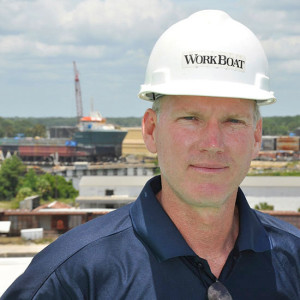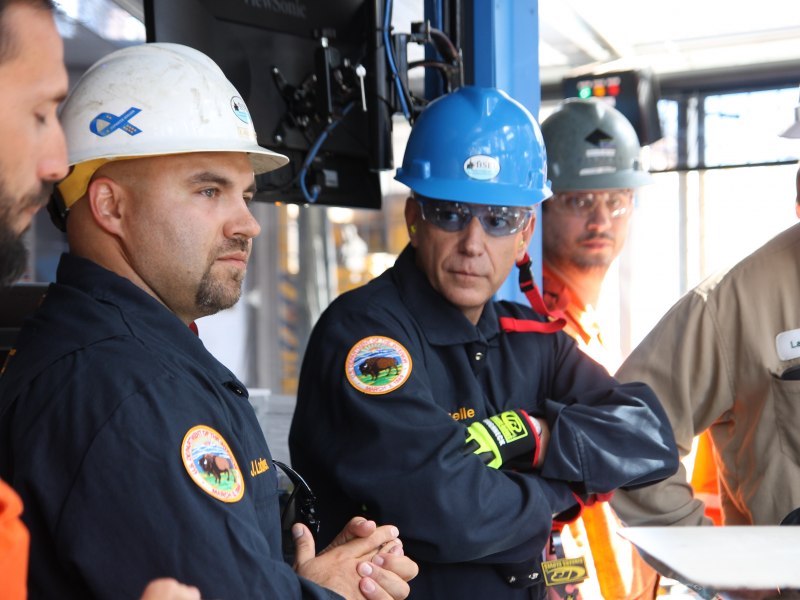“This administration is focused on energy dominance done safely and responsibly because it supports national security, job security, and energy security,” said Angelle. “America deserves a plan for offshore’s contribution to energy dominance, and in my estimation we have to do six things exceedingly well.”
Angelle focused the majority of his remarks on his first priority, safety and environment, discussing recent BSEE initiatives and process improvements, including risk-based inspections, safety alerts, rule revisions and the near-miss reporting program.
“BSEE’s risk-based inspections and issuance of safety alerts help prevent problems before they manifest themselves into incidents,” said Angelle. “We are accomplishing added safety procedures without a single new regulation. We employ an approach of cooperation and partnership that lead to improved safety and responsible operations.”
The other five items necessary for energy dominance are improving access to resources, regulatory and process reform, competitive royalty rates, stakeholder engagement, and tax reform, Angelle said. He told the audience that in order for the U.S. to be its best we must see the Outer Continental Shelf as a critical part of America’s path to energy dominance.
“Remember, we are part of something important; we are fueling America, and our energy exports are fueling the world, and we are never, ever taking our eye off safety and the environment,” said Angelle. “It should be abundantly clear to you that BSEE is not an either/or bureau anymore than we are an either/or nation. We can and must have robust production and safe operations.”
In 2017, BSEE inspectors conducted 17,661 inspections throughout the Gulf of Mexico on oil and gas production facilities and drilling rigs. Oil production from the U.S. Outer Continental Shelf totaled 626 million bbls. in 2017; 99% of this production came from the Gulf of Mexico.





